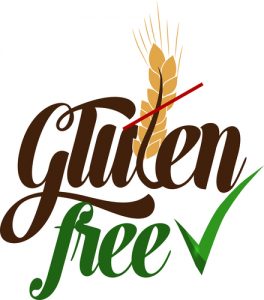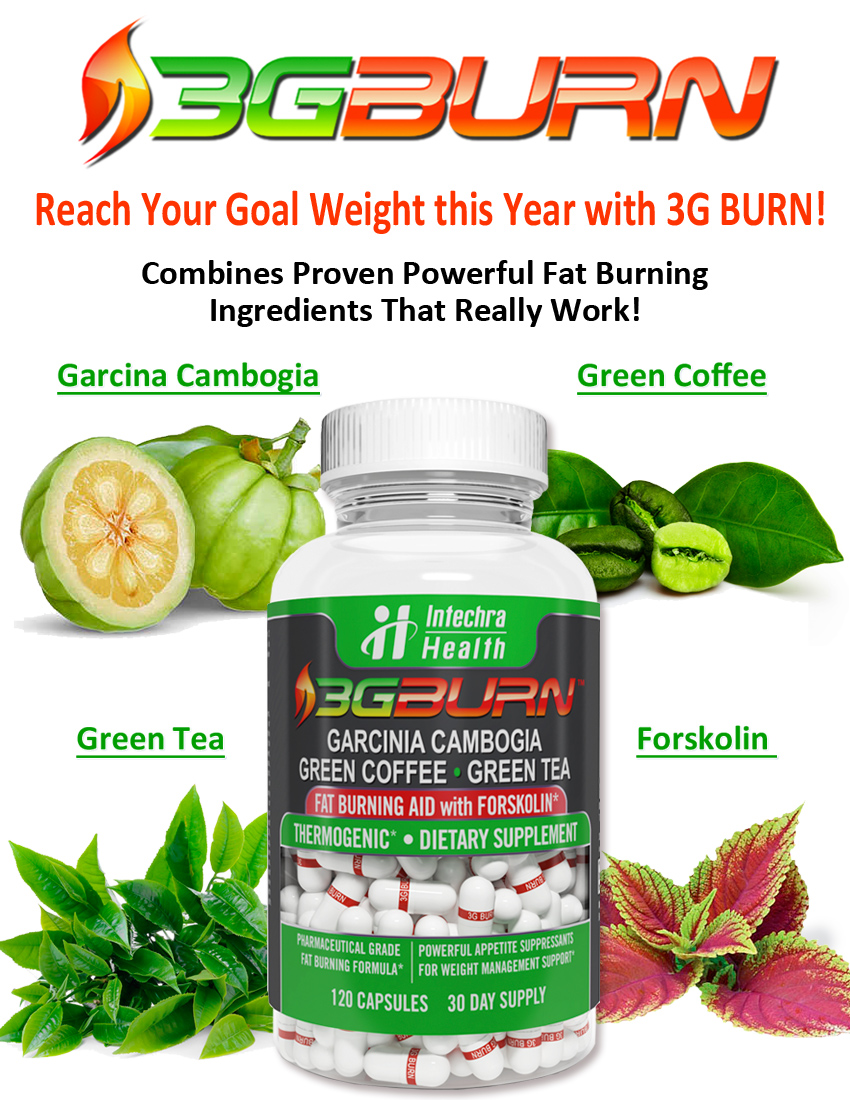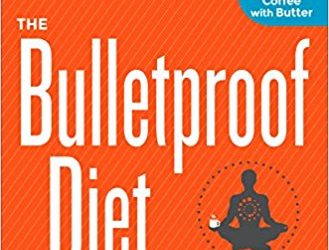Gluten Sensitivity/Celiac Disease Diets
Though there are many different versions of a gluten-free diet, the concept behind them is essentially to avoid foods containing wheat and other gluten-containing grains. Instead, alternatives are found in order to avoid gluten while still obtaining the same nutrients.
 Why Choose A Gluten-Free Diet?
Why Choose A Gluten-Free Diet?
Gluten is actually a type of protein found in grains such as wheat, rye, barley and several others including hybrids such as triticale, which is a form of wheat and rye cross. If you have Celiac Disease or a Gluten Sensitivity, eating these grains can trigger a spectrum of unwanted symptoms. While the benefits of gluten-free diets for people who don’t have these or other similar conditions (such as a wheat allergy or gluten ataxia) or diseases have little to no support from medical studies as of yet, following this type of eating strategy when you do have a sensitivity or when you have Celiac Disease is well documented in medical research and is a vital step to improving your quality of life and your overall health.
 By removing gluten from your diet, it means that you are eliminating some of the most common sources of fiber, vitamins, minerals and other nutrients your body needs. For that reason, your doctor will likely provide you with guidance regarding the replacement of those nutrients through alternatives that are appropriate for your health. A dietitian can also provide a wealth of information that can help you choose gluten-free yet nutritious food options and know how to properly include them in your diet.
By removing gluten from your diet, it means that you are eliminating some of the most common sources of fiber, vitamins, minerals and other nutrients your body needs. For that reason, your doctor will likely provide you with guidance regarding the replacement of those nutrients through alternatives that are appropriate for your health. A dietitian can also provide a wealth of information that can help you choose gluten-free yet nutritious food options and know how to properly include them in your diet.
Among the foods that are gluten-free and that are encouraged as a part of many diets for people with a gluten sensitivity or with Celiac Disease include: fresh fruits and vegetables, unprocessed nuts, seeds and beans, eggs, unprocessed lean meats, poultry and fish, and the majority of reduced fat dairy products.
 Even though you can’t have certain grains, this doesn’t mean that all grains are ruled out. There are many types of grain that don’t contain gluten and that can be consumed by many people following this type of diet. They include: arrowroot, corn and cornmeal, hominy, amaranth, rice, quinoa, millet, sorghum, buckwheat, tapioca, soy, teff, and flax.
Even though you can’t have certain grains, this doesn’t mean that all grains are ruled out. There are many types of grain that don’t contain gluten and that can be consumed by many people following this type of diet. They include: arrowroot, corn and cornmeal, hominy, amaranth, rice, quinoa, millet, sorghum, buckwheat, tapioca, soy, teff, and flax.
To replace regular wheat flour for baking, thickening agents and other purposes, certain gluten-free flours can be used, such as rice, potato, bean, corn and soy flours, among others. It’s important to note that each of these flours has their own properties, strengths and weaknesses, so there is a bit of a learning curve when it comes to knowing how to choose the right one to replace wheat flours in your favorite recipe.
That said, the foods you likely won’t be consuming while following a Celiac Disease or Gluten Sensitivity diet include any that contain: wheat, rye, barley, triticale and in some cases, oats.
 Technically speaking, oats are gluten free. However, many products containing oats are contaminated with gluten-containing grains while they are processed. Therefore, it’s important to make sure to look for a gluten-free label on oat products to make sure you’re not inadvertently choosing a product that has enough “mystery gluten” in it to wreak havoc on your digestive system.
Technically speaking, oats are gluten free. However, many products containing oats are contaminated with gluten-containing grains while they are processed. Therefore, it’s important to make sure to look for a gluten-free label on oat products to make sure you’re not inadvertently choosing a product that has enough “mystery gluten” in it to wreak havoc on your digestive system.
If this all sounds relatively straightforward, keep in mind that there are some traps you don’t want to fall into when it comes to wheat labeling. While some ingredients lists simply list wheat as “whole wheat” or “wheat flour,” making it obvious, others are more specific about their varieties. Therefore, it’s a good idea to learn the many varieties of wheat used in foods and that also contain gluten. The reason is that you may need to be able to spot them in a product’s ingredients or you could accidentally end up biting off more than you can chew.
Wheat may also be listed on ingredients labels as: spelt, durum, kamut, einkorn, or emmer, among others. Catching on? There’s more! Depending on the way the wheat was processed, it may also be labeled as something other than plain wheat. Therefore, there are other terms that you should also get to know before you assume that a food product doesn’t contain gluten. These include: enriched flour, farina, self-rising flour, phosphate flour, graham flour and semolina.
Gluten-free labels can be exceptionally helpful – particularly at the beginning – in helping you to know for certain that you’ve selected a product that is safe for you to eat. The Food and Drug Administration has specific regulations which must be followed in order for a food to be eligible to label itself as gluten-free. More specifically, it means that any food labeled that way must have fewer than 20 parts per million of gluten.
Gluten can be found in a shockingly large number of foods – some of which you’d never suspect – so it’s important to be exceptionally careful with every single item you buy. This includes both foods and drinks, as well as medications and supplements (which commonly use gluten as a binding agent).
Though this type of diet can seem overwhelming at first, the key is to be patient and allow yourself the time to learn about your foods. You’ll start to discover certain specific ingredients, brands and recipes that are perfect for you. Soon you will find yourself shopping with confidence again. After everything you’ll have learned, you might even find yourself looking forward to preparing your meals!
Gluten Sensitivity/Celiac Disease Reviews
Review: The G-Free Diet
The G-Free Diet is a dieting program created by Elisabeth Hasselbeck, best known for having been a co-host on The View for a while. This diet is gluten-free, which means that it does not involve eating any wheat, barley, rye or other gluten-containing grains....
Review: The Bulletproof Diet
The Bulletproof Diet was created by Dave Asprey. Asprey is the founder of the Bulletproof company, which was launched in 2013. Briefly, his story says that he had been very unhealthy and then started following a diet very different from the traditional weight loss...




